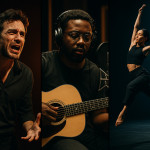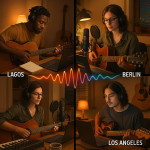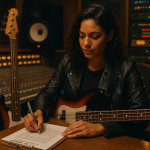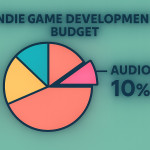Crowdsourced orchestra: how arrangers, players and tech teams collaborate
A crowdsourced orchestra lets you assemble string, brass, woodwind and percussion players from around the globe in days instead of months. Discover the step-by-step workflow, roles, tools and budget tips that make remote symphonic projects sound world-class—without blowing up your production calendar.
Why crowdsourcing an orchestra is booming in 2025
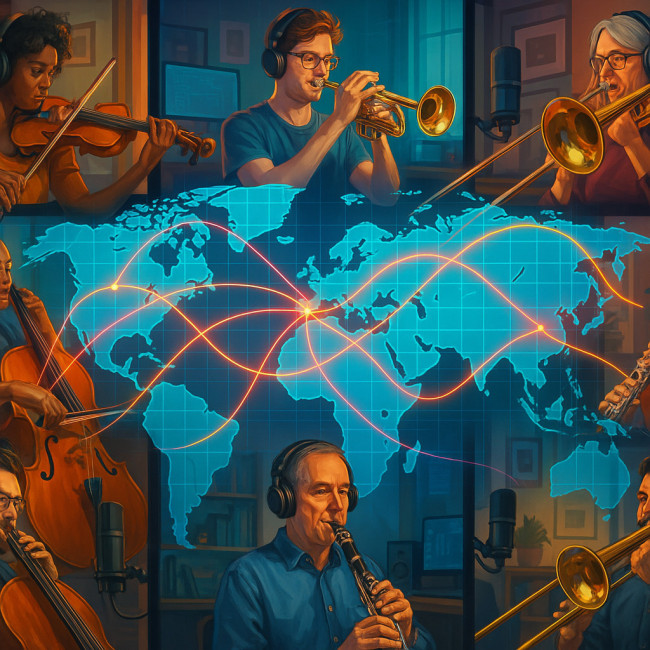
Streaming platforms, indie game studios and ad agencies crave original scores fast. Traditional booking requires long lead times, travel and venue fees. A crowdsourced orchestra removes those barriers by sourcing talent online, capturing parts in distributed studios and stitching stems together in the cloud. The result: broadcast-ready audio, shorter timelines and fairer pay distribution.
- Speed: Recruit 40-plus players in under a week via directories and social groups.
- Cost-control: No hall rental, reduced travel, flexible day-rate tiers.
- Creative reach: Tap rare instruments—erhu, hurdy-gurdy, contra-bassoon—without location limits.
- Sustainability: Fewer flights, smaller carbon footprint, aligning with green touring pledges.
Meet the three core collaborator groups
1. Arrangers & orchestrators
They translate the composer's sketch into detailed scores, assign parts to remote sections and provide click-track references. Good orchestrators also mark DAW sessions with bar-count cues so every performer records align perfectly.
2. Players & section leaders
Each section leader acts as a mini-project manager—checking bowings, confirming microphone specs and scheduling takes. Players deliver multi-mic stems (close, room, spot) at 48 kHz/24-bit or higher to leave room for mix depth.
3. Tech & post-production teams
Audio engineers, file wranglers and mix assistants handle syncing, noise reduction and spatial placement. A seasoned tech lead keeps a master checklist—sample rate, time-code, naming conventions—so nothing goes missing.
Responsibilities at a glance
| Phase | Arrangers | Players | Tech teams |
|---|---|---|---|
| Pre-production | Orchestration, click-track, sheet distribution | Confirm gear & availability | DAW template, cloud folder setup |
| Tracking | Realtime feedback, bar notes | Record stems, label takes | Quality control, phase check |
| Editing | Re-write problematic lines | Optional punch-ins | Comp best takes, time-align |
| Mixing & delivery | Approve balances | Sign off performance credits | Spatial mix, master, export |
Workflow: from first sketch to final master
- Score upload: The arranger shares PDFs and MIDI on a synced drive such as Cubase in the Cloud.
- Section leader briefing: A 15-minute video call clarifies dynamics and fingering so players avoid retakes. For bigger ensembles, lean on flexible rehearsal scheduling hacks to juggle time zones.
- Pilot take: One violinist records a reference pass. The arranger checks voicing and adjusts any impossible double-stops.
- Batch tracking: Players record in small groups (three violins, two violas) to maximise blend while keeping file sizes light.
- File hand-off: Tech teams batch-rename:
Project_Inst_SpotTakeNumber.wav. Consistency speeds ingest. - Mix & approval: Stems are panned using orchestral seating charts, reverbs matched, and a preview sent to the composer.
Essential tools that keep remote sections tight
- Sessionwire / Audiomovers: Low-latency monitoring lets arrangers comment in real time.
- Shared video slate: Conductor cam with baton gestures ensures unified phrasing.
- Click-track customisation: Accents on bar one, subdivision clicks off during rubato sections.
- Cloud collaboration hubs: Platforms like Artfolio's musician collaboration board integrate chat threads, contracts and payout tracking.
Budget & legal notes: harmonise expectations early
Even small orchestral projects can involve 60+ contracts. Simplify with a single work-for-hire agreement that references fair use, stem delivery specs and revision limits. When hiring soloists, follow guidelines in session-player contracts decoded. For profit-share models, check royalty splits mirror performance minutes, not stem counts.
Typical cost breakdown (60-second cue)
- Arranger fee: €400–€800
- Section leader premium: 20 % on top of player rate
- Player rate: €60–€120 per finished minute
- Tech & mix: €300–€600
- Contingency: 10 % for pickups
Common hurdles—and how to solve them
Latency drift between stems
Ask every player to print a slate clap at bar one. Tech leads align peaks automatically before the first edit pass.
Uneven room tone
Provide an impulse response library so players can match ambient character, or use algorithmic reverb to unify tails.
Burnout from revision loops
Limit retake requests to two rounds. Anything beyond triggers an extra fee, clearly stated in the scope—see studio-to-stage arrangement tips for wording ideas.
Interactive checkpoint: test your knowledge
FAQ
- Do I need a conductor for a crowdsourced orchestra?
- Not always. A conductor cam with clear baton cues often replaces in-person direction, saving budget while keeping phrasing tight.
- How many players per part create a convincing “big hall” sound?
- Three to five players per string part, doubled with subtle chorus plugins, generally match a 40-piece live hall ambience.
- Which file format ensures maximum mix flexibility?
- 48 kHz/24-bit WAV stems exported dry, plus a separate room mic print if available.
- How do I protect my score from leaks?
- Use watermark PDFs and grant view-only permissions until final payment clears. NDA clauses are mandatory for high-profile releases.
- Can I reuse recorded stems in future projects?
- Only if your contract includes a library clause. Otherwise, stems remain locked to the original project to honour performance rights.
Takeaway & next steps
Crowdsourcing an orchestra blends artistry with digital logistics. Nail the brief, choose reliable section leaders, and keep communication channels centralised. Ready to assemble your dream line-up? Post your project, outline parts and timeline, and talent will start applying within hours.
Action: Draft your score and create a talent call today—your remote orchestra could be playing back within the week.
